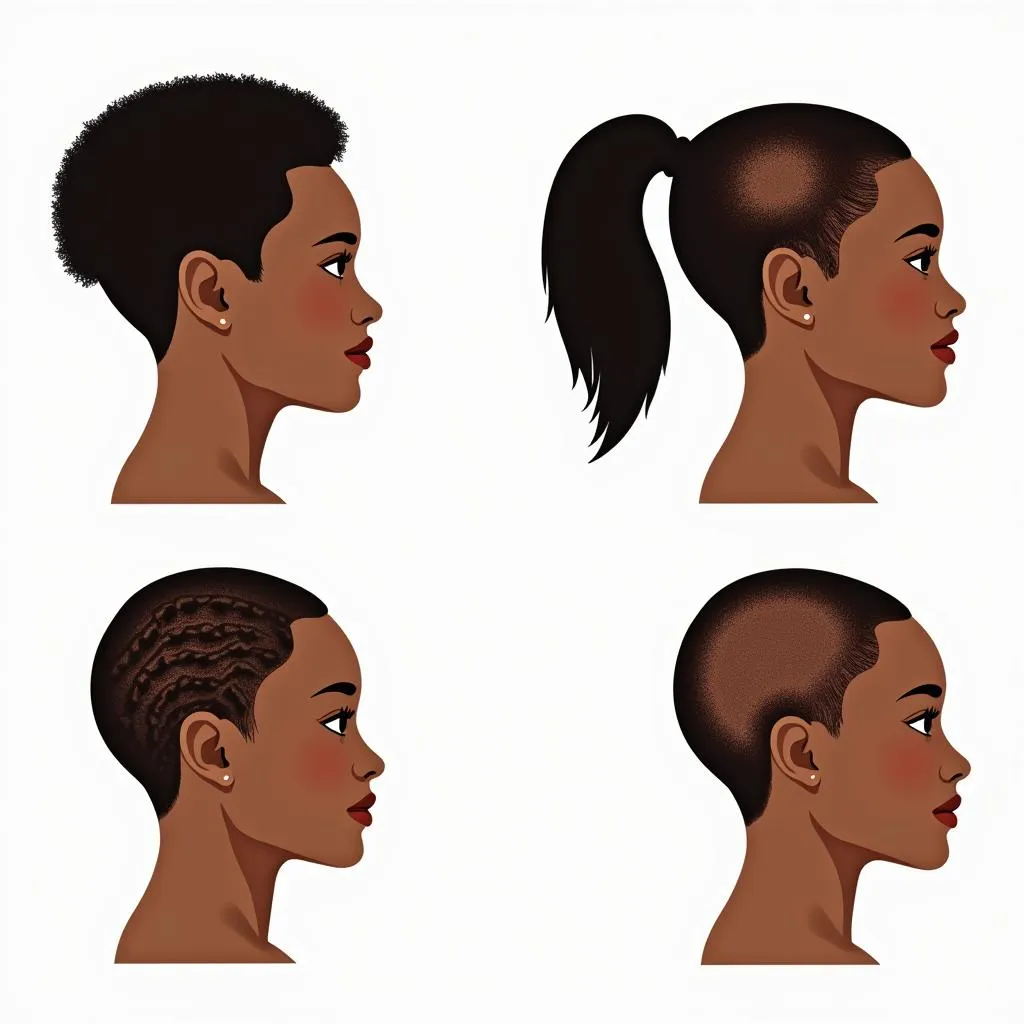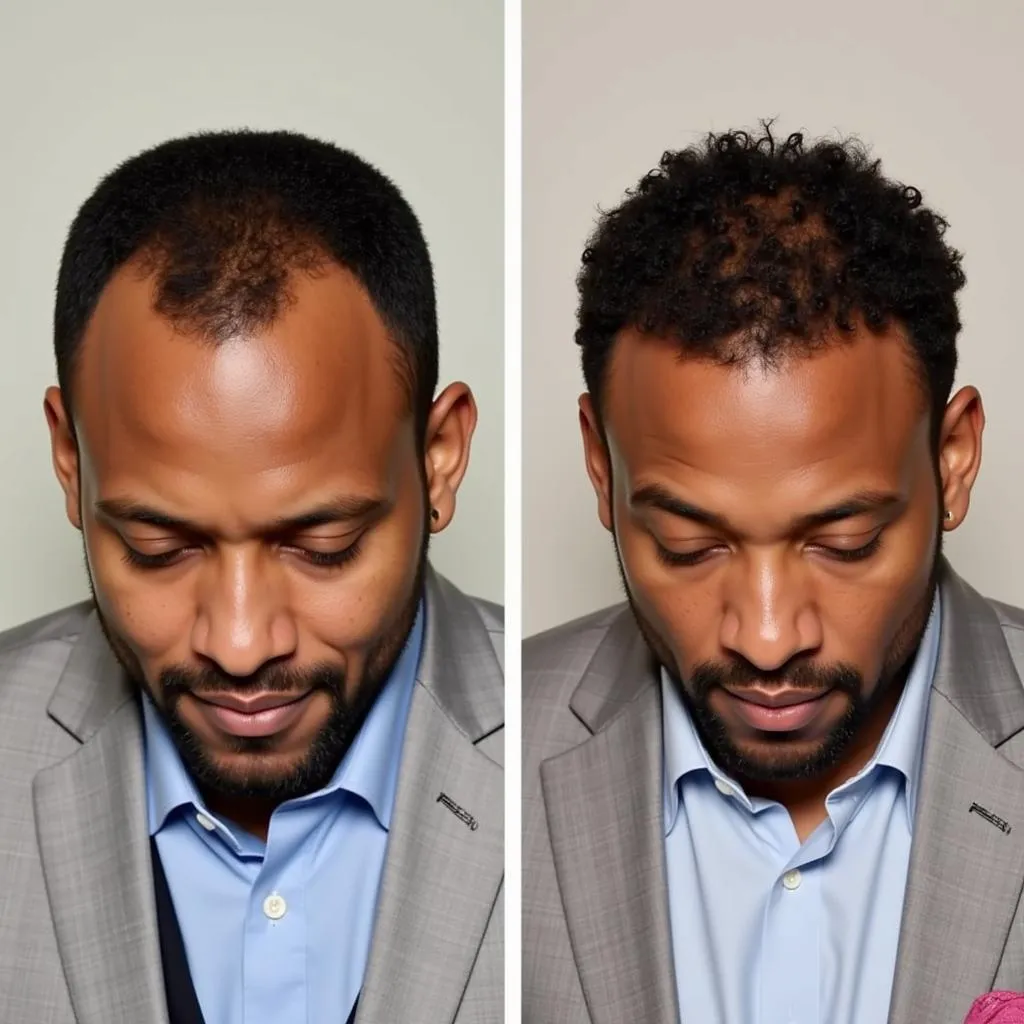African American Hair Transplant: A Comprehensive Guide
Hair loss and thinning can be a significant concern for people of all ethnicities, including African Americans. Fortunately, advancements in hair restoration techniques have made hair transplant a viable option for restoring a full head of hair. This article delves into the specifics of African American Hair Transplant, exploring the unique characteristics of African American hair, the procedure, its benefits, potential risks, and essential factors to consider when choosing a qualified surgeon.
Understanding African American Hair
African American hair is unique in its structure and texture. It is characterized by tightly coiled strands with a tendency to be dry and fragile. These curls create a natural springiness, but they also make it more prone to breakage and damage. The density of hair follicles can also vary widely among individuals of African descent, influencing the effectiveness of hair transplant procedures.
Hair Loss Patterns in African Americans
Hair loss in African Americans can be attributed to a variety of factors, including genetics, hormonal imbalances, medical conditions, and styling practices. Traction alopecia, a condition caused by prolonged tension on the hair from tight hairstyles, is particularly common in this population.
 Various Hair Loss Patterns in African Americans
Various Hair Loss Patterns in African Americans
The Hair Transplant Procedure
Hair transplant surgery involves harvesting hair follicles from a donor area, typically the back or sides of the scalp, and transplanting them to the balding or thinning areas. The procedure is performed under local anesthesia and typically takes several hours to complete.
Follicular Unit Transplantation (FUT)
FUT, also known as the strip method, involves removing a strip of skin from the donor area, extracting individual follicular units, and implanting them into the recipient site. FUT can yield a higher density of transplanted hair but may leave a linear scar at the donor site.
Follicular Unit Extraction (FUE)
FUE involves extracting individual follicular units directly from the donor area using a specialized punch tool. This method leaves minimal scarring, making it a popular choice for patients who prefer shorter hairstyles.
 Follicular Unit Extraction (FUE) Hair Transplant Procedure
Follicular Unit Extraction (FUE) Hair Transplant Procedure
Benefits of Hair Transplant for African Americans
Hair transplant surgery offers numerous benefits for individuals seeking to restore their hair, including:
- Natural-looking results: Transplanted hair grows naturally, blending seamlessly with existing hair.
- Permanent solution: Hair follicles are relocated to areas with healthy blood supply, ensuring permanent hair growth.
- Improved self-confidence: Restoring hair can significantly boost self-esteem and confidence.
Potential Risks and Considerations
Like any surgical procedure, hair transplant carries potential risks, including:
- Infection: Proper post-operative care is crucial to minimize the risk of infection.
- Scarring: Scarring at the donor site is possible, especially with FUT.
- Shock loss: Temporary hair loss may occur around the transplanted area.
Choosing a Qualified Surgeon
Selecting a qualified and experienced surgeon is paramount for a successful hair transplant procedure, particularly for African American patients. Look for a surgeon who:
- Specializes in hair restoration for African American hair: Extensive knowledge of the unique characteristics and challenges of African American hair is essential.
- Has a proven track record: Review before-and-after photos of previous patients with similar hair types.
- Offers personalized treatment plans: A comprehensive evaluation and tailored treatment plan are crucial for optimal results.
Conclusion
African American hair transplant can be a transformative procedure, providing a permanent solution to hair loss and enhancing self-confidence. By understanding the unique characteristics of African American hair, the procedure, and the importance of choosing a qualified surgeon, individuals can make informed decisions about their hair restoration journey.
FAQ
Q: How long does a hair transplant procedure take?
A: The duration of the procedure depends on the extent of hair loss and the number of grafts required, typically ranging from 4 to 8 hours.
Q: When will I see results?
A: Transplanted hair will shed initially, with new growth appearing within 3 to 4 months. Full results can take up to 12 to 18 months.
Q: Is hair transplant painful?
A: Local anesthesia is used during the procedure, minimizing discomfort. Some patients may experience mild soreness or itching during the recovery period.
Q: How much does a hair transplant cost?
A: The cost varies depending on the surgeon’s experience, the technique used, and the number of grafts required.
Q: What are the alternatives to hair transplant?
A: Non-surgical options include medications, topical treatments, and hair systems.
 Before and After Hair Transplant in an African American Patient
Before and After Hair Transplant in an African American Patient
If you are experiencing hair loss and considering a hair transplant, consult with a board-certified dermatologist or hair restoration specialist to discuss your options and determine the best course of treatment for your individual needs. For any assistance, feel free to contact us at Phone Number: +255768904061, Email: kaka.mag@gmail.com or visit our address: Mbarali DC Mawindi, Kangaga, Tanzania. We have a 24/7 customer service team.


